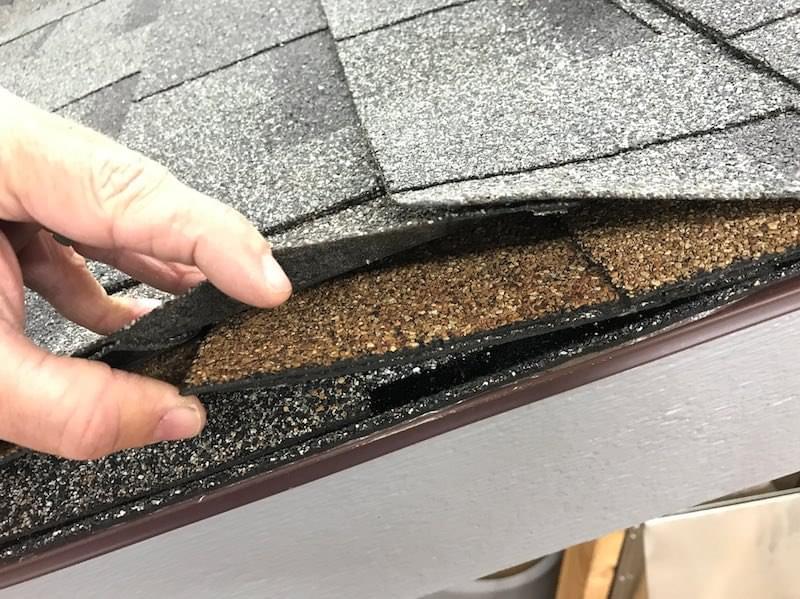When it comes to roofing, there are various considerations to keep in mind to ensure the longevity and safety of your home. One common question that homeowners often ask is whether it’s acceptable to add a third layer of shingles to their roof. In this article, we’ll explore the implications of putting three layers of shingles on your roof, the potential risks involved, and the circumstances in which it may or may not be advisable.

Understanding Roof Shingle Layers
Before delving into whether you can add a third layer of shingles, let’s briefly understand the different layers of a typical roof:
- Decking or Sheathing: This is the base layer of your roof, usually made of plywood or oriented strand board (OSB). It provides structural support and a surface onto which roofing materials are installed.
- Underlayment: The underlayment is a waterproof layer that sits on top of the decking and beneath the shingles. It provides an extra barrier against moisture and helps protect the decking.
- Shingles: Shingles are the visible, outermost layer of the roof. They come in various materials such as asphalt, wood, metal, or slate, and they serve as the primary defense against weather elements.
Can You Put 3 Layers of Shingles on Your Roof?
In many regions, building codes and regulations specify the maximum number of shingle layers allowed on a roof. While it may be technically possible to add a third layer of shingles, it’s generally not advisable for several reasons:
1. Weight Considerations
Adding multiple layers of shingles significantly increases the weight on your roof. This excess load can strain the roof’s structural integrity, potentially leading to sagging, structural damage, or even collapse. Roofing materials, sheathing, and framing are designed to support a specific weight, and exceeding this capacity can have dire consequences.
2. Poor Aesthetics
Layering shingles can result in an uneven appearance, as the new shingles may not align perfectly with the existing ones. The result is a roof that looks patchy and unattractive. This can negatively impact your home’s curb appeal and potentially its resale value.
3. Reduced Lifespan
Each layer of shingles acts as a barrier against the elements. As you add more layers, the ability of the shingles to shed water, resist wind, and protect your home diminishes. This can lead to premature wear and a reduced lifespan for your roof.
4. Legal and Insurance Implications
Many local building codes limit the number of shingle layers allowed on a roof. Installing a third layer may violate these codes, leading to legal issues and complications when selling your home. Additionally, your homeowner’s insurance policy may be affected if you don’t comply with building codes, potentially resulting in denied claims.
When Is Adding a Third Layer Considered?
There are situations where adding a third layer of shingles might be considered, but they are generally exceptions rather than the rule. Some municipalities or regions may have more lenient regulations regarding roof layers. However, even in such cases, it’s crucial to consult with a roofing professional to assess the structural integrity of your roof and ensure it can safely support the additional weight.
Conclusion
In most cases, it’s not advisable to put 3 layers of shingles on your roof due to weight considerations, aesthetics, reduced longevity, and legal implications. If you’re concerned about the condition of your roof or considering a roof replacement, it’s best to consult with a licensed roofing contractor. They can assess your roof’s condition, provide expert guidance on the most suitable roofing materials, and ensure that any work performed complies with local building codes and regulations. Prioritizing the safety and durability of your roof will ultimately protect your home and investment in the long run.



Leave a Reply